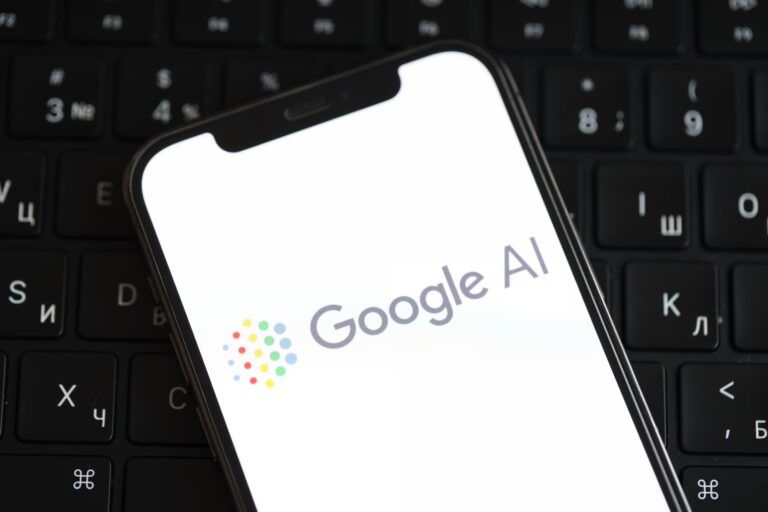Analytics is at the heart of any digital marketing strategy, and attribution is what analytics is built upon.
Being able to optimise marketing in order to prove the ROI of particular campaigns or channels is essential in taking your business forwards online.
However a journey starts or ends, attribution modelling attempts to make sense of a customer journey, and assigning the correct attribution to the correct touch-points or interactions customers make on their journey to convert.
Google itself defines an attribution model as:
the rule, or set of rules, that determines how credit for sales and conversions is assigned to touchpoints in conversion paths. For example, the Last Interaction model in Analytics assigns 100% credit to the final touchpoints (i.e., clicks) that immediately precede sales or conversions. In contrast, the First Interaction model assigns 100% credit to touchpoints that initiate conversion paths.
Essentially, attribution modelling boils down to distilling the purchase journey, and optimising marketing campaigns for conversions.
Attribution modelling uses big data, i.e. customer data, in order to analyse which channels and marketing activities bring in revenue.
Such campaigns or channels could be from:
- Social media (campaigns or specific posts)
- Advertising (Display, Google Ads, social ads)
- Content (blog posts, downloads)
- Affiliate networks
- Website links
- Email marketing (campaigns or automated marketing messages).
And this is just a few examples.

So what if someone uses multiple channels of these to interact with a brand? What if they follow Twitter, check out your blog posts from Twitter, but then later click on an ad and make a purchase? Where do you attribute the conversion? Does the ad really get 100% of the credit when they have been constantly updated via Twitter and your blog posts?
Attribution modelling is key to the modern-day marketer for:
- Proving and improving the ROI of marketing campaigns
- Measure the impact of each touch-point a customer makes, and where they decided to make a purchase or convert
- Choose channels
- Find which channels are most effective and focus on those
- Understand the customer journey
- Nowadays customers use multiple devices every day for many tasks. This allows you to see how customers interact with channels and your brand and understand what they go through on the journey to a conversion.
Attribution model types
First-touch attribution
100% of credit goes to the campaign that initiated interactions with your business.
Can be useful for demand generation and how people are introduced to your brand.
However, it doesn’t show you how you ultimately generated revenue.
Last-touch attribution
This is where the last interaction a customer has the brand gets the credit for the conversion.
This helps show which campaigns have the highest conversion rate, and can be useful when conversions is all that really matters.
However, if you’re looking to build a brand and want to keep an eye on other influences along the way to a conversion, it may not be the best method of attribution.
Linear attribution
This allows for multi-touch attribution whereby each interaction is given even credit to the final conversion.
This allows you to analyse your marketing campaigns holistically via multi-touch attribution. This allows you to customise specific customer journeys, rather than focusing in on one particular conversion point or activity.
However, it’s difficult to ascertain exactly what helps drive the conversion. There must be one interaction that was more valuable than the others, if that is the point someone converted? Or was it somewhere along the line that was the tipping point?
Time decay attribution
Another form of multi-touch attribution, it gives more credit to the interaction which led directly to a conversion. However it still gives value to the previous touch-points – though these receive less of the credit the further back it goes. Makes logical sense.
This allows you to see how important each touch-point was up to the conversion, with the final interaction getting the most credit. This allows you to optimise campaigns for driving conversions whilst ironing out the customer journey leading to it.
Position based attribution
This is a mix of the past two. 40% of credit goes to first and last, with 20% going to the middle touch-points, split between them. So it essentially says the initial and last touch-points are most important, but doesn’t disregard the ones in-between.
This lets you optimise for the important touches, while still acknowledging and preparing for the middle steps.
Big data plays a big part in attribution modelling. For big brands, specific software is needed that utilises a lot of complex data. Attribution models can be created to inspect cause-and-effect when events occur which influence particular results.
For smaller brands, making sense of the data you can collect within Google Analytics and other pieces of software can help you truly understand how to improve the purchasing path, and generate more conversions from the traffic you receive to your site. It also helps you understand the traffic you currently get, why they take the actions they do, and how you can best ensure more people engage with your brand in the future.
Aside from making use of analytical software, it can be useful to interview customers, understand decisions and what it is they went through on their purchasing path.













